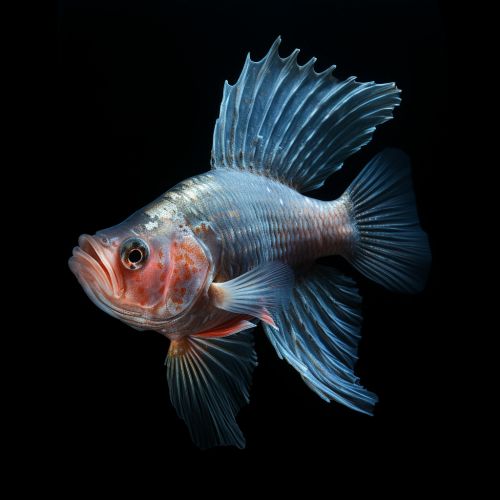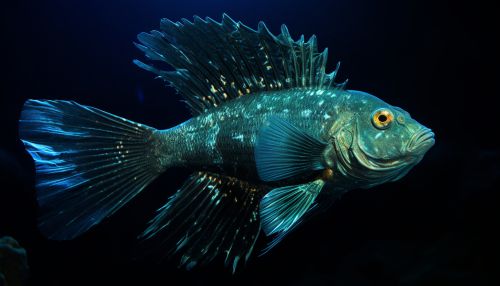Survival Strategies in Extreme Environments
Introduction
Survival strategies in extreme environments encompass the various adaptations and behaviors employed by organisms to survive and thrive in harsh conditions. These environments include extreme environments such as deserts, polar regions, high mountains, deep oceans, and other inhospitable habitats. The survival strategies can be physiological, morphological, or behavioral, and they often involve a combination of these aspects.
Physiological Adaptations
Physiological adaptations are internal body processes that enable an organism to survive in its environment. They can be metabolic, cellular, or biochemical in nature.
Thermoregulation
Thermoregulation is a critical physiological adaptation in extreme environments. Organisms in cold environments, such as polar regions and high mountains, have developed mechanisms to conserve heat. For example, many mammals in these regions have a layer of fat, known as blubber, that insulates their bodies against the cold. On the other hand, organisms in hot environments, such as deserts, have mechanisms to dissipate heat and prevent overheating. This can include behaviors like burrowing into the cool ground during the hottest parts of the day.
Water Conservation
In arid environments like deserts, water conservation is a crucial survival strategy. Many desert organisms have adaptations to minimize water loss, such as specialized kidneys in desert rodents that excrete highly concentrated urine. Some desert plants, like cacti, have thick, waxy skins to reduce water evaporation.
Pressure Adaptations
Organisms living in deep-sea environments face extreme pressure conditions. To survive, these organisms have developed unique physiological adaptations. For example, many deep-sea fish have flexible bones and bodies to withstand the high pressure.


Morphological Adaptations
Morphological adaptations involve changes in an organism's physical structure or form that enhance its survival in a particular environment.
Body Size and Shape
The size and shape of an organism's body can significantly influence its ability to survive in extreme environments. For instance, organisms in cold environments often have compact bodies to minimize heat loss, a principle known as Bergmann's rule. Conversely, organisms in hot environments often have elongated bodies to maximize surface area for heat dissipation.
Coloration
Coloration can serve as a survival strategy in extreme environments. For example, organisms in snowy environments often have white coloration for camouflage. In contrast, organisms in desert environments often have sandy or earth-toned coloration to blend in with their surroundings.
Structural Adaptations
Structural adaptations, such as specialized body parts, can also enhance survival in extreme environments. For example, some desert plants have long, deep roots to access water buried deep in the soil. Similarly, some deep-sea organisms have specialized body parts, such as bioluminescent organs, to survive in the dark, high-pressure conditions of the deep sea.
Behavioral Adaptations
Behavioral adaptations are actions or behaviors that an organism engages in to survive in its environment.
Migration
Migration is a common behavioral adaptation in extreme environments. For example, many bird species migrate to warmer regions during the winter to escape the harsh cold. Similarly, some desert animals migrate to cooler, wetter areas during the hottest parts of the year.
Hibernation and Estivation
Hibernation and estivation are behavioral adaptations that allow organisms to survive periods of extreme cold or heat, respectively. During hibernation or estivation, an organism's metabolic rate slows down, reducing its need for food and water.
Foraging and Feeding Strategies
Organisms in extreme environments often have unique foraging and feeding strategies to make the most of scarce resources. For example, some desert animals are nocturnal, foraging for food and water during the cooler night hours to avoid the intense daytime heat.
Conclusion
Survival strategies in extreme environments are diverse and complex, reflecting the wide range of conditions that life on Earth can endure. These strategies, whether physiological, morphological, or behavioral, highlight the remarkable adaptability of life and provide fascinating insights into the mechanisms of evolution and survival.
